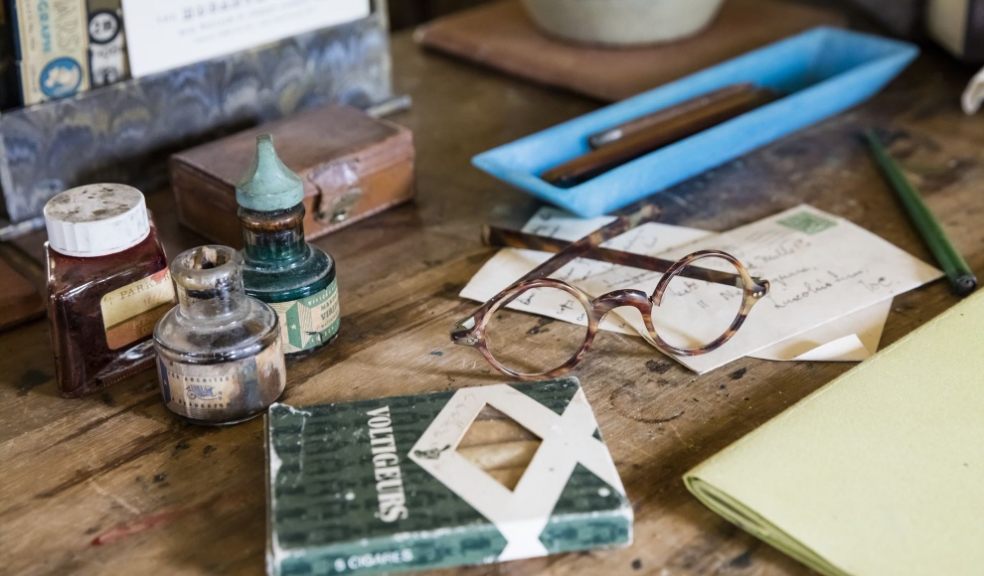
National Trust calls for UK’s letters from lockdown
The National Trust is calling for people around the UK to share their letters with the conservation charity and its followers and members, about their lockdown experiences. The Trust plans to add a selection to its historic collection of letters.
In the two-week period from 11-25 March, the charity saw a 1,000% jump in visits to the notecard category of its online shop, suggesting people were anticipating that traditional handwritten notes and letters would be a key way to keep in touch during the lockdown.
The National Trust’s Head Curator, Sally-Anne Huxtable, says: “Our archives house thousands of letters written across the centuries, including many penned during times of separation – for reasons of war, exile and illness, among others.
“They show the power of the written word to reassure, soothe and uplift even during times of great hardship. That power is just as strong today as it ever was.”
The Trust wants people to write to its Director General Hilary McGrady, describing what they have most missed since lockdown began, and to tell her about any solace they have drawn from nature, art, creativity and any forms of social contact. To ease pressure on the postal service, writers are asked to scan or photograph their letter and email it to lettersfromlockdown@nationaltrust.org.uk or share it via the National Trust’s social media channels using @nationaltrust and the Trust will request postal hard copies from selected authors at a later date.
Selected letters will be archived in the same way that the Trust stores other key documents of historic interest. They will be professionally recorded and accessible to future researchers, shedding light on peoples’ day-to-day lived experiences of this extraordinary time in national life. A selection of letters will also be chosen for publication.
Sally-Anne continues: “Historic letters are an invaluable resource as they give us an intimate insight into what people were thinking and feeling. The letters, messages and emails that people are sending now will be an important primary source for future historians trying to make sense of how Covid-19 and the lockdown affected people’s lives and relationships.”
The Trust’s collections of historic letters, the earliest from the Medieval period, contain countless poignant stories and show how people have used the post to maintain ties even when conflict, sickness or physical distance kept them apart – from the carer of an evacuee keeping in touch with her billet’s parents, to the wife of an admiral who wrote to him almost daily during his many years at sea.
In one, written in the 1920s, a nurse at a Nottinghamshire isolation hospital writes to anxious and distant parents assuring them that their small daughter, suffering from diphtheria, ‘shall have my very best attention.’ In another of 1917, serviceman Jack Cox writes to his friend Elsie to share news that he has found her two younger brothers, both also serving. ‘I stayed and had dinner with Tom and I tell you it seemed like old times....I never spent such a happy day in France.’
One letter, penned and illustrated by Beatrix Potter in 1893, went on to make history. Writing to a friend’s son who was ill with scarlet fever, the author begins: 'I don't know what to write about so I shall tell you a story of 4 little rabbits, whose names were Flopsy, Mopsy, Cottontail and Peter.'
Sally-Anne Huxtable continues: “Writing a letter is a time-honoured way to tell friends and family that they are in our thoughts, that we care for them and look forward to being together again. We’d love it if people could share that sense of togetherness and record their feelings by sharing a letter for our archive for the future.”
More information is available at www.nationaltrust.org.uk/lockdown-letters


















